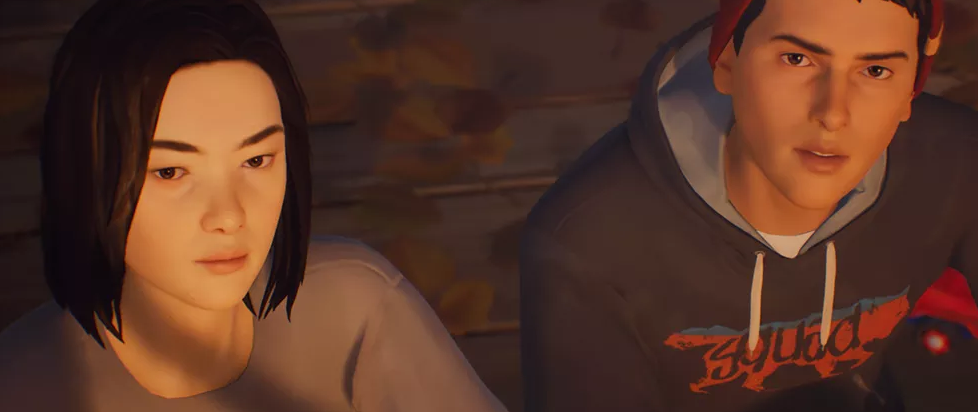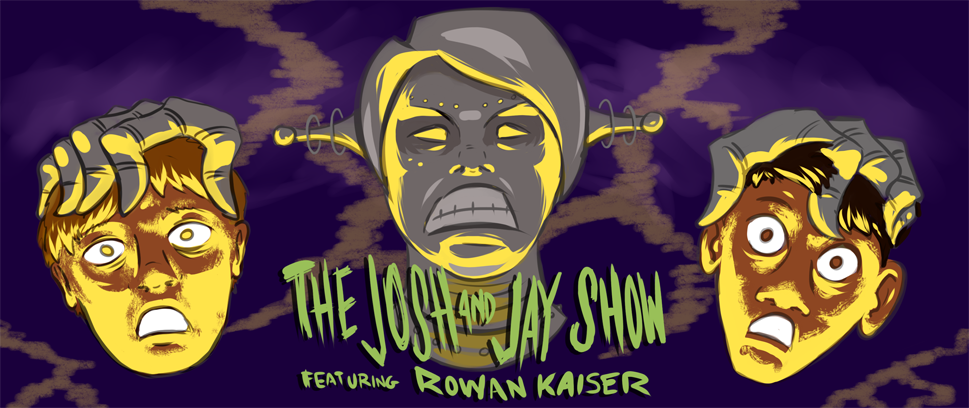
Life is Strange 2 works to deconstruct the series‘ power fantasy
If there is one gripe I had with Life is Strange, then it is that it did too little, too late to hold Max accountable for the harm she caused in using her powers.
This is in part of course due to time travelling as a device itself, which allowed Max to play around with consequences in a world she was largely detached from. It was that detachment that made her so preoccupied with trying to engineer a perfect solution for every problem and what to my mind made it even plausible that someone would sacrifice a whole town full of people to save one person.
Max’s insistence that she is just trying to help is a common motivation that makes power fantasies possible in the first place, the belief that the ends eventually justify the means.
In the first episode of Life is Strange 2, I see an attempt to fix this, by changing the connotations that come with having some sort of supernatural power in the first place. By giving the power to Daniel and not his older brother Sean and then temporarily making him forget about it, we don’t end up with a character who immediately starts to experiment with his abilities. Also, having a power in the first place works to Daniel’s detriment at this point in the game. It is not supposed to be a fun power to play around with, the way it is in Infamous: Second Son, even if The Amazing Adventures of Captain Spirit, Life is Strange 2′s sort-of prequel, made it look that way.
This time, the very first consequence of Daniel’s power was destruction, the kind you could immediately connect to him, unlike the ominous tornado in Life is Strange. I have no doubt that over the course of this season, Daniel will start to play around with his power, and potentially wreak more havoc as he does so. However, it is now on his brother Sean as the player character to reign him in. Life is Strange 2 already includes several instances of Sean assuming his role of caretaker, and it’s likely the game will expand on his role as a moral guardian, as well.
In Life is Strange, Max is trying to retroactively change her own mistakes, whereas in Life is Strange 2, the player is the force trying to prevent them. Something that would feel normal in any other game, such as stealing or acts of violence, is framed as a particularly desperate action here.
Then there’s also Sean and Daniel’s ethnicity to consider. They are sons of a Mexican immigrant who raised them as a single father. While Life is Strange deserves praise for delivering on female protagonists who could fend for themselves, seeing women in a vulnerable position is nothing new, seeing male videogame protagonists in this way is a lot more rare.
Daniel’s newfound ability is not a tool, a solve-all for his problems, but part cause and partly useless. As Life is Strange 2 clearly shows, the central predicament of dealing with racism as an immigrant can’t be solved by any gimmick. At a gas station, Sean discovers a poster advertising Spanish lessons to people who want to “order nachos and cerveza like a local”, clearly aimed at American tourists who visit Mexico not for cultural exchange, but to get drunk during Spring Break or the Day of the Dead. This is a typical micro-aggression in between two examples of racism that make it obvious that even though Sean and Daniel are children, they are met with disdain and can’t automatically expect help despite their vulnerability.
Sean and Daniel are two protagonists that wield no power of their own. So much in gaming is about acting, rather than reacting, or using a traumatic experience before swiftly abandoning it. A common trope in Japanese games, which you can see for example in Dragon Quest or Secret of Mana is that in order to realise his true potential, the hero has to be cast out from their village in order to realise their true potential. In Horizon: Zero Dawn, Aloy loses her adoptive father, only to finally be able to explore the larger world, the same could be said for Tomb Raider’s Lara Croft.
Of course Sean and Daniel only trek across America because they have lost their father, but this is dealt with as the traumatic event that it is, not the assumption that trauma will eventually lead to great strength. Since both Sean and Daniel are fairly young, you can clearly see how impulsive and immature the decision to run away and leave everything behind truly is, and yet this kind of early trauma is an often-used trope.
From a mechanical point of view, exploration could work as a catalyst for an adventure instead of trauma, too. You see this in games such as Uncharted and Mass Effect. To convey a certain powerlessness in those situations this would mean a bigger build-up to combat or a general lack thereof, the idea the Tomb Raider origin story seemed to suggest. From a gameplay perspective a game like Life is Strange 2 is for now perhaps better suited to convey the idea of powerlessness without frustrating players, since it never gave you much control to begin with, much like Telltale’s The Walking Dead. The Banner Saga and Frostpunk suggested that a lack of power can transform strategy gaming, so it can be done without sacrificing the gameplay style you associate with a genre. Life is Strange 2 did something similar, just by showing how a a story changes dramatically if the power does not always lie with you and that there are consequences when it does.




